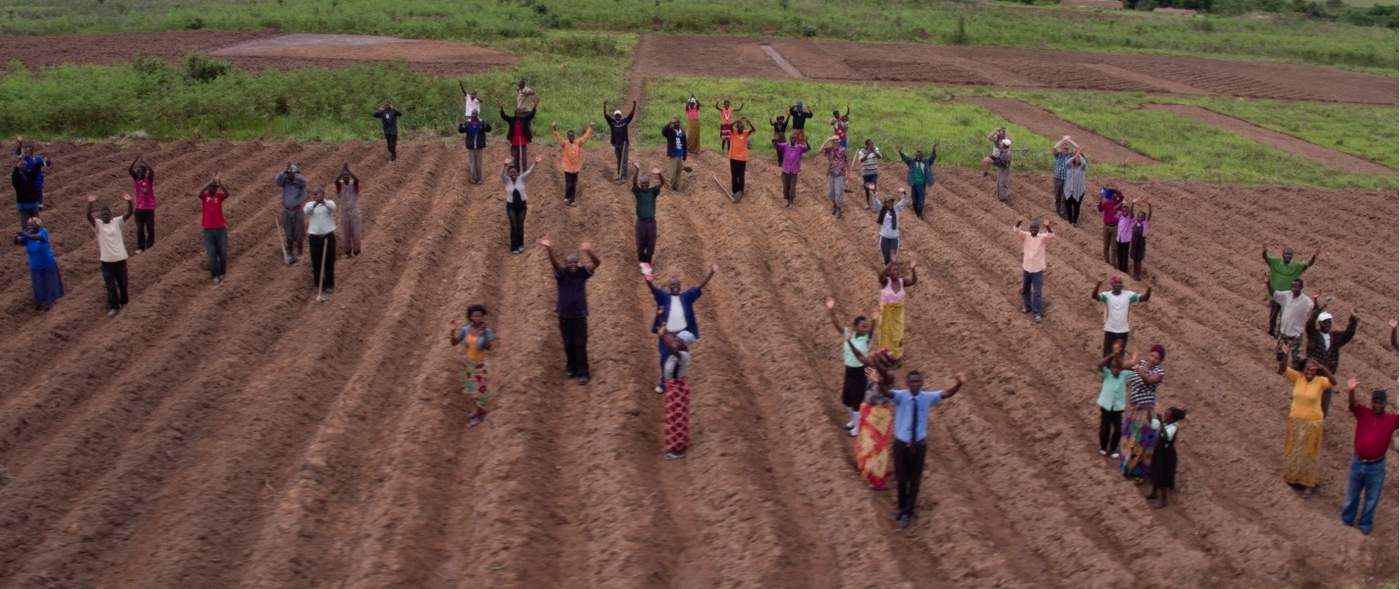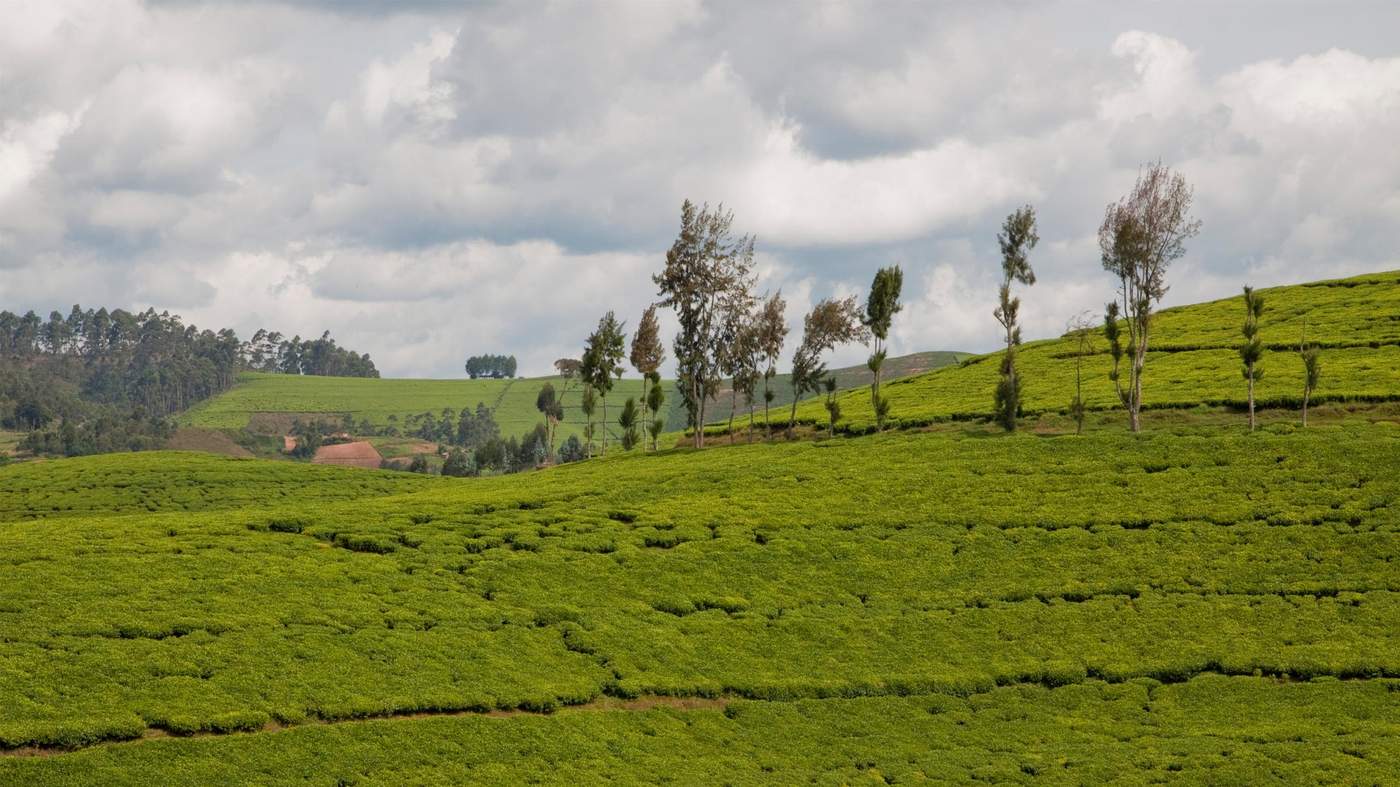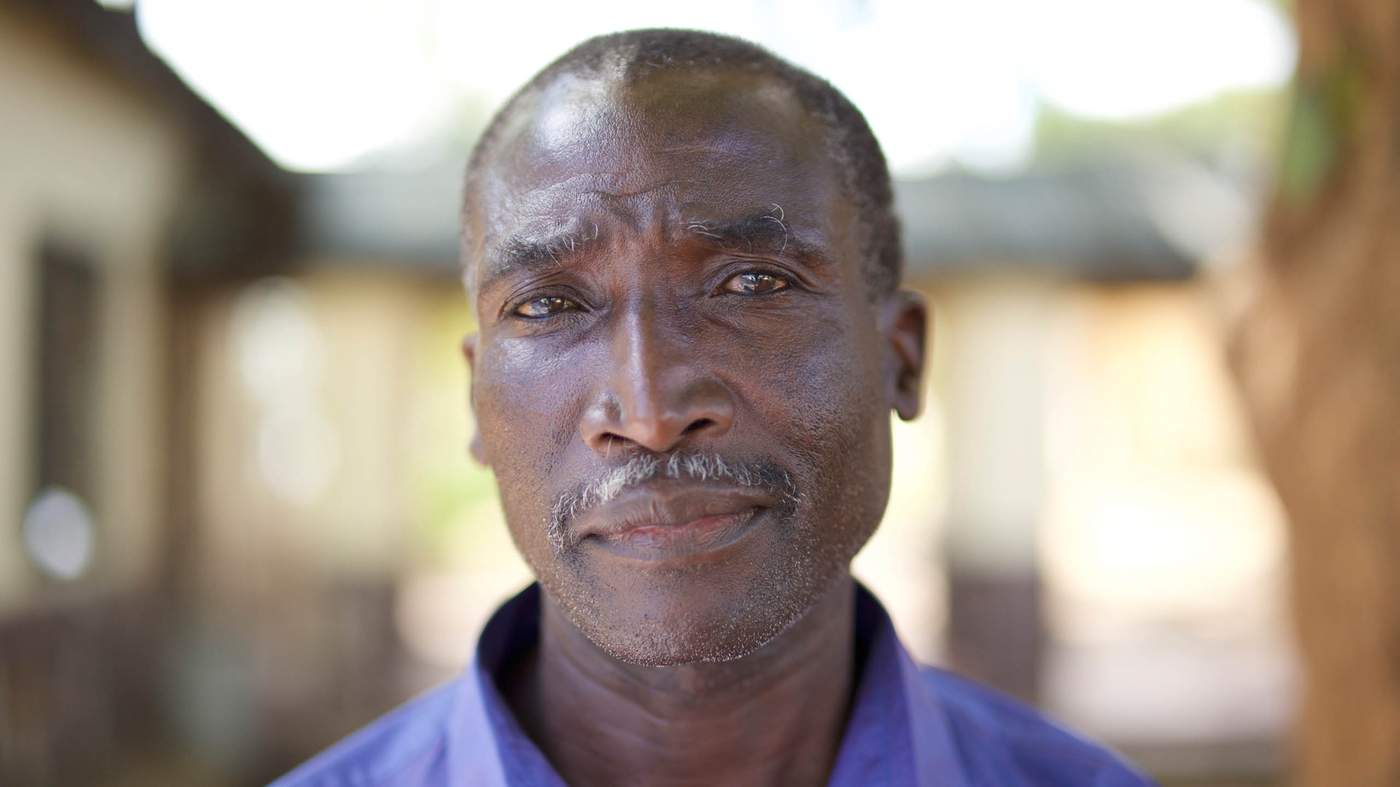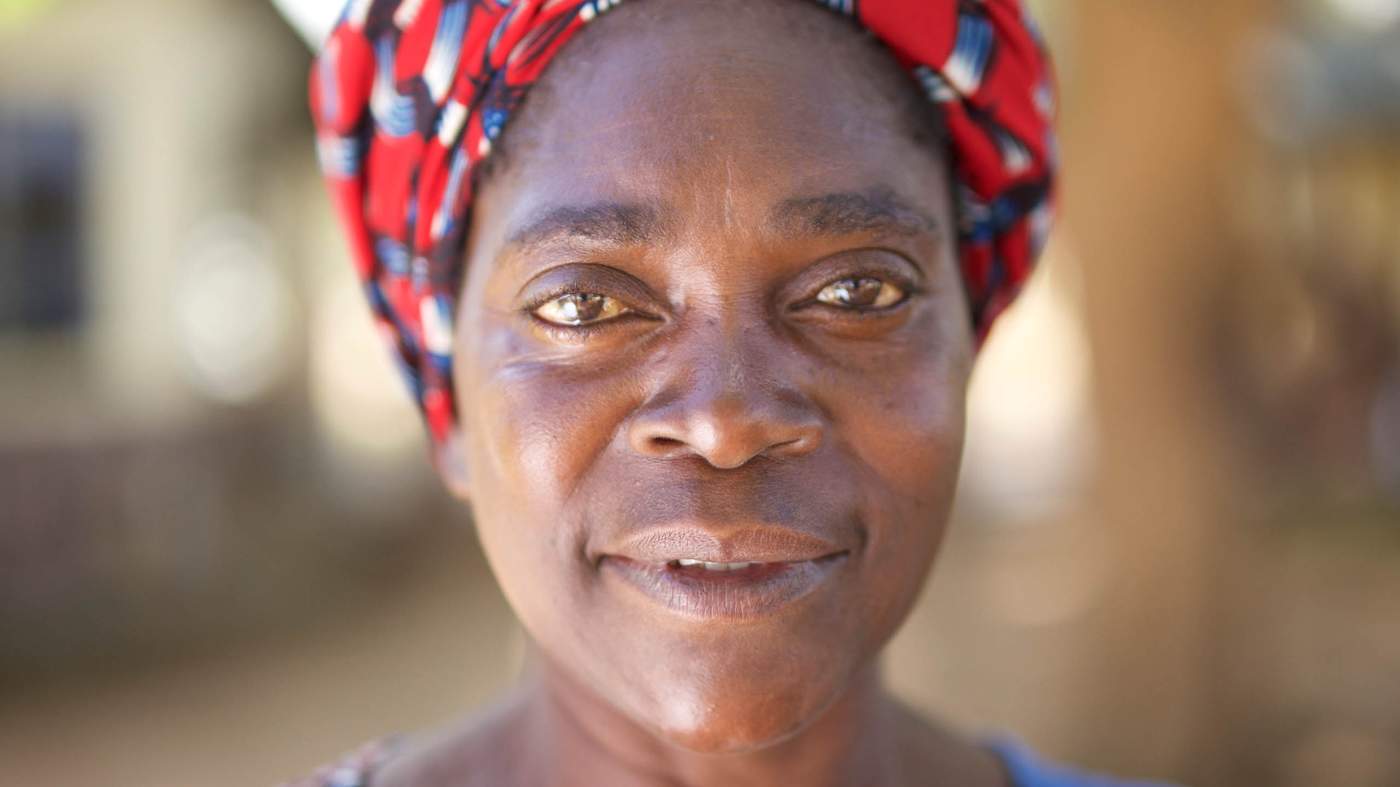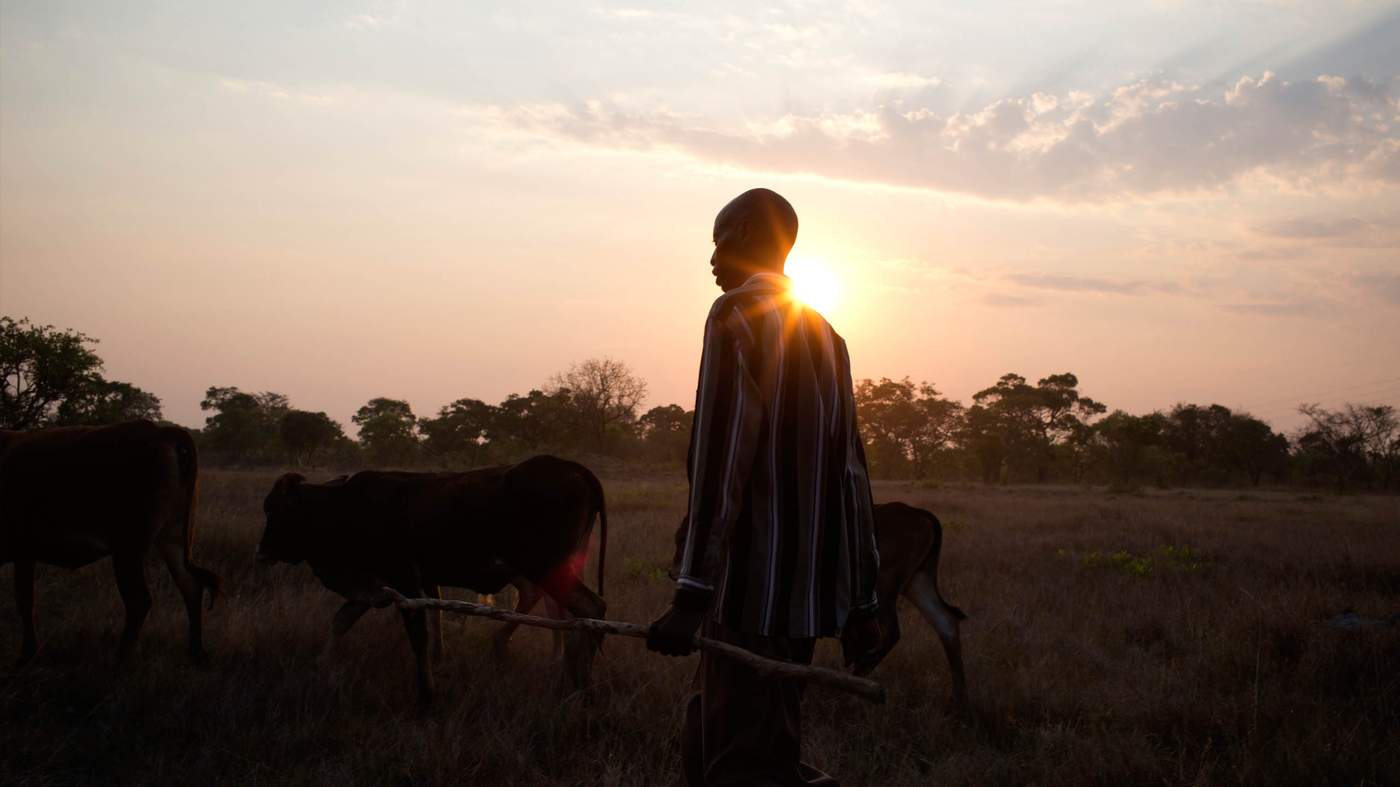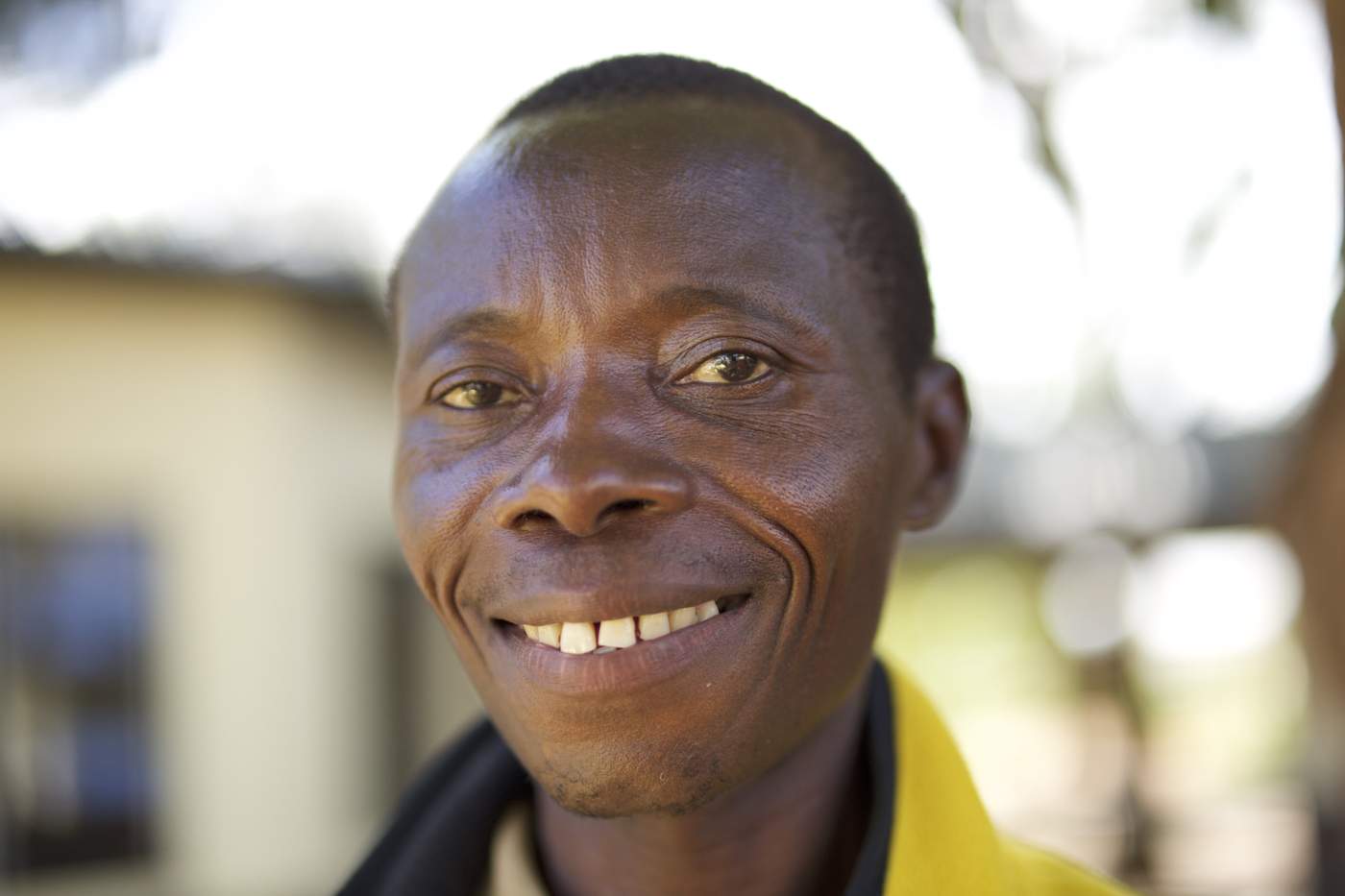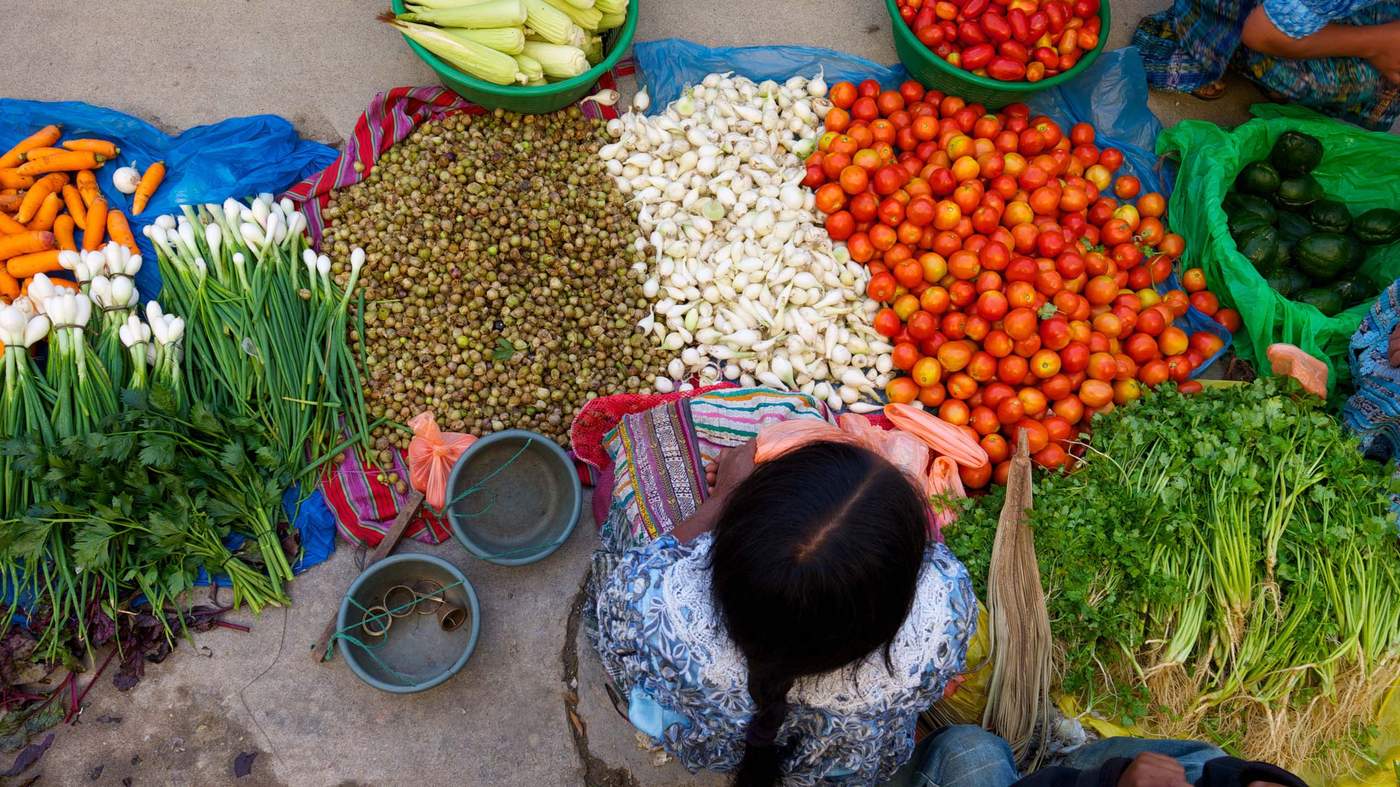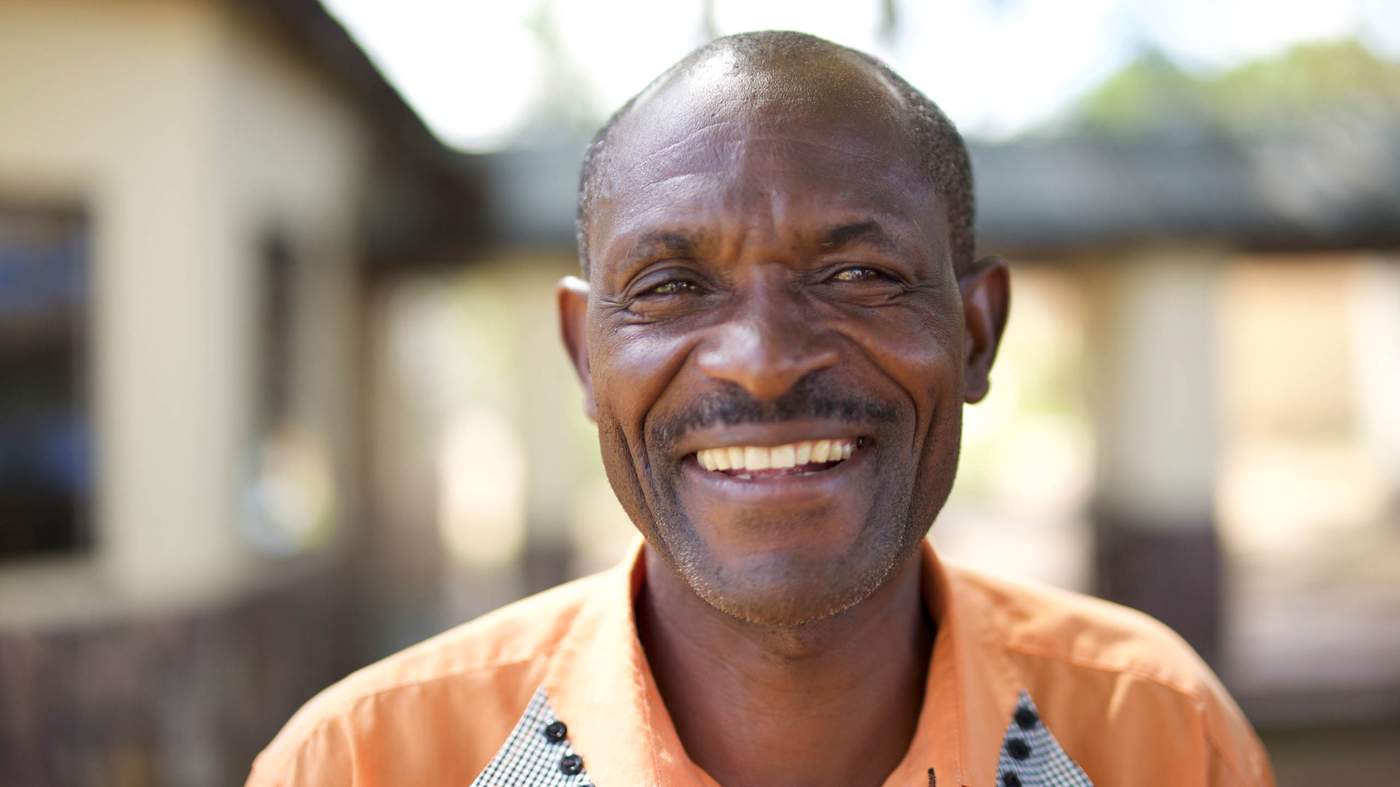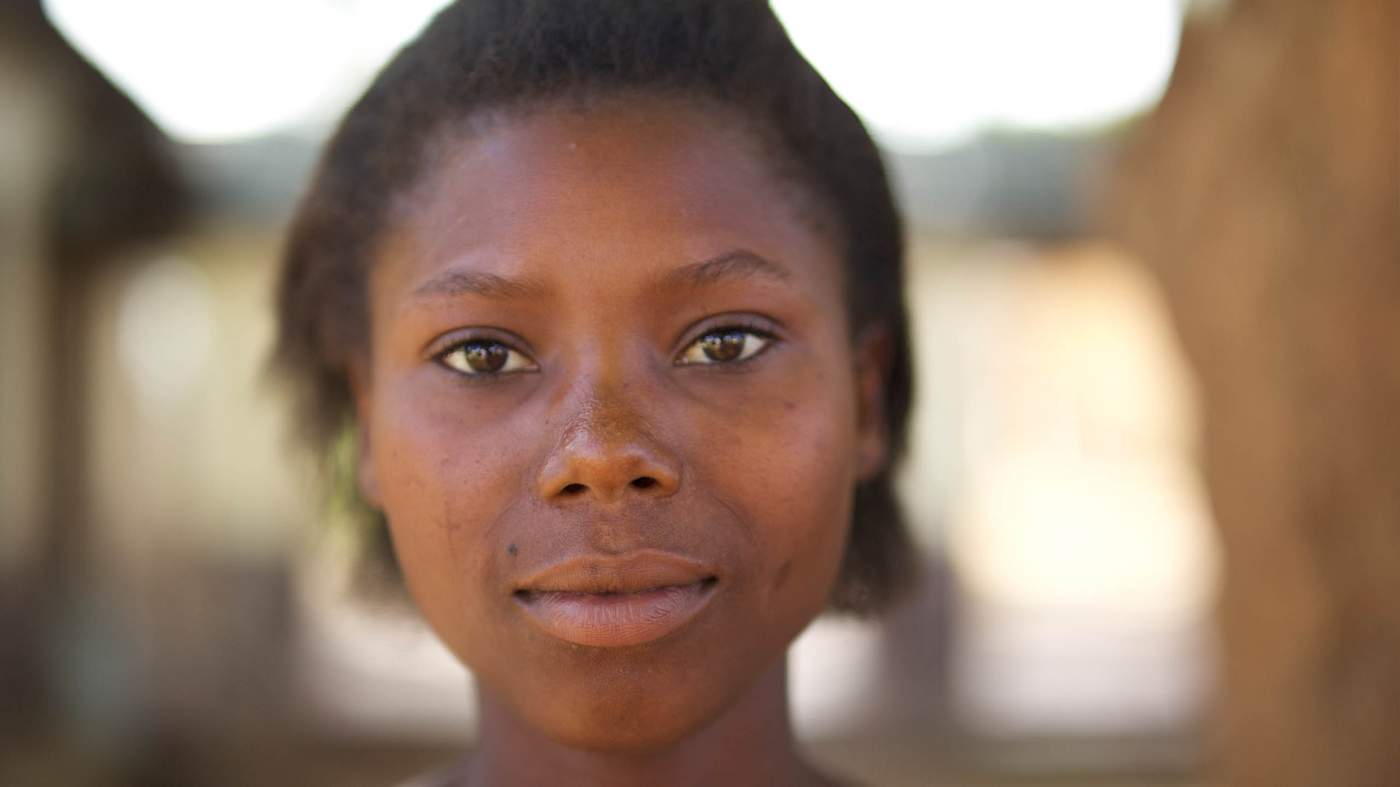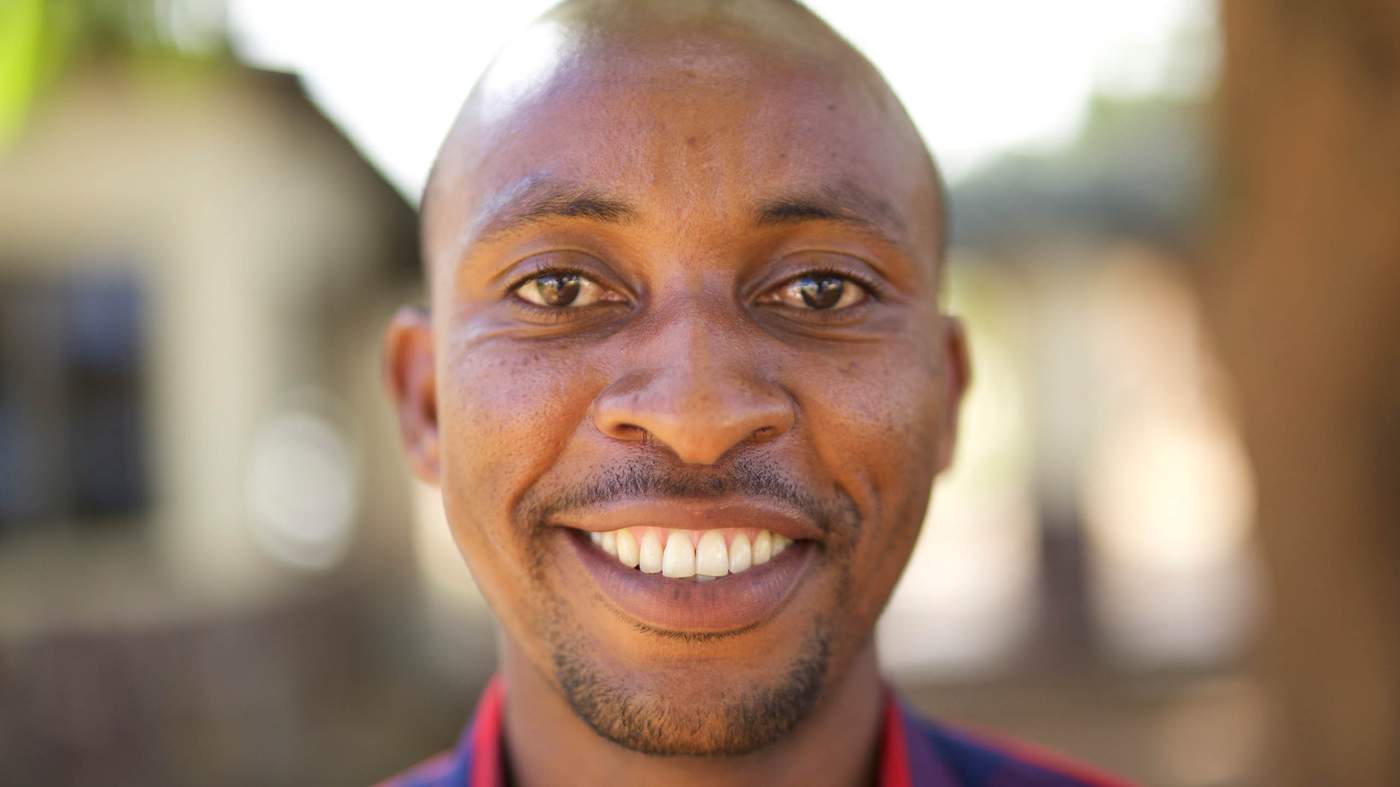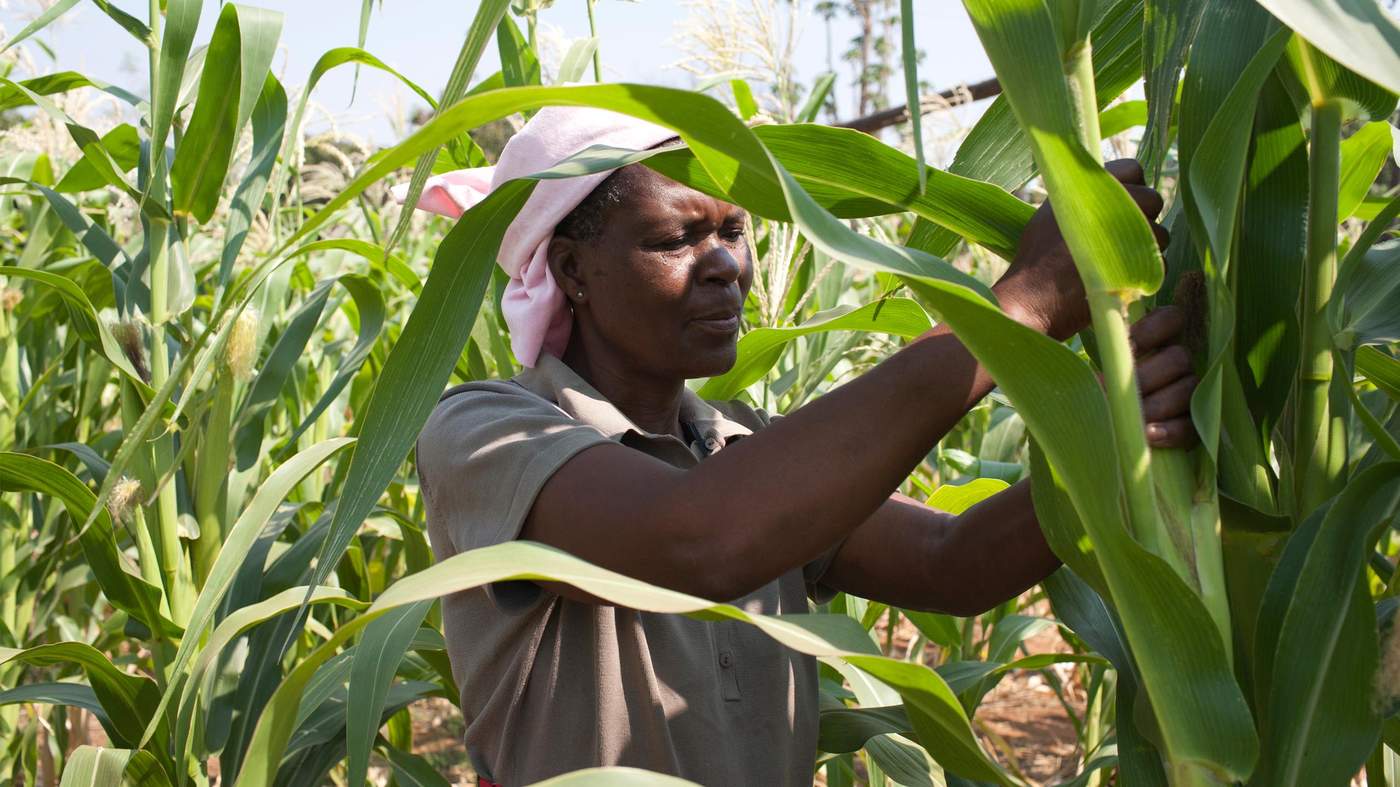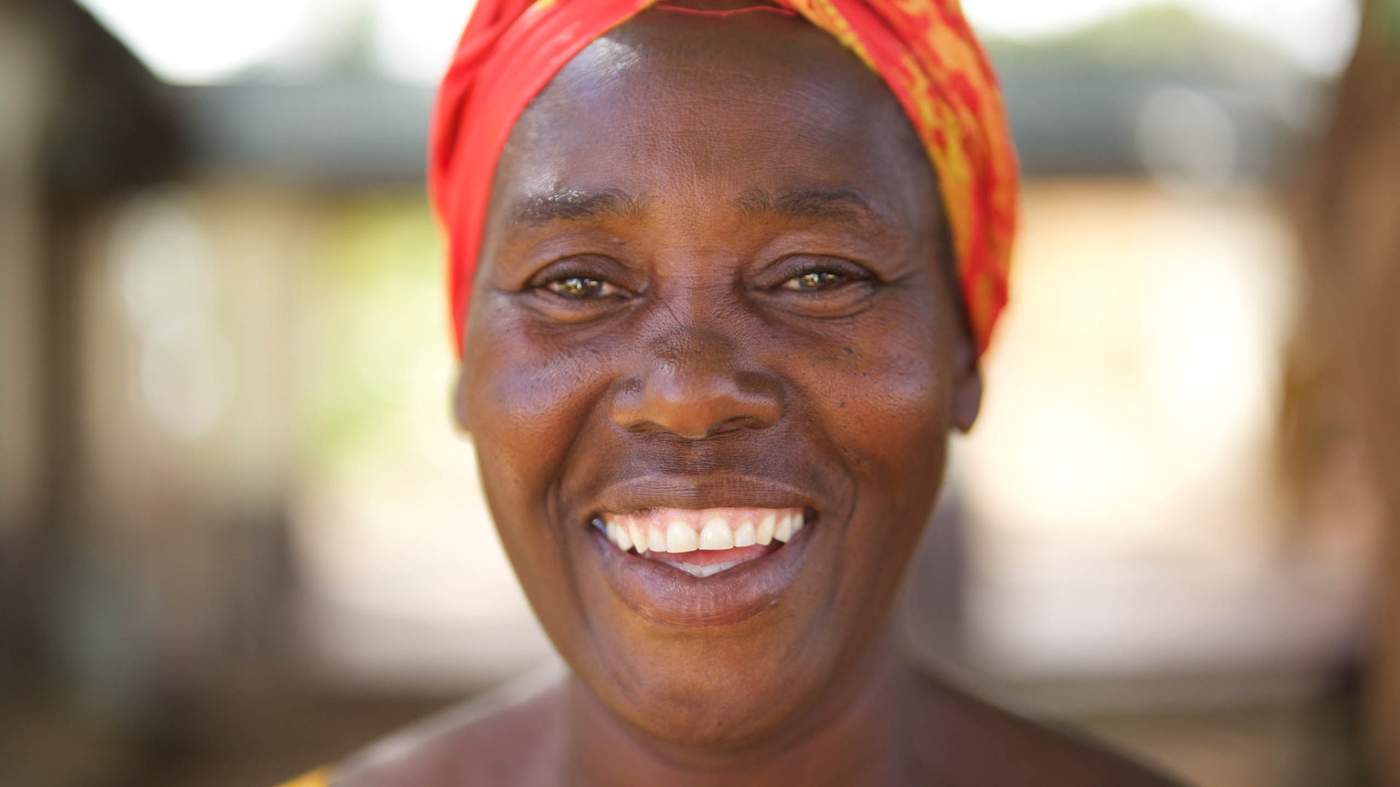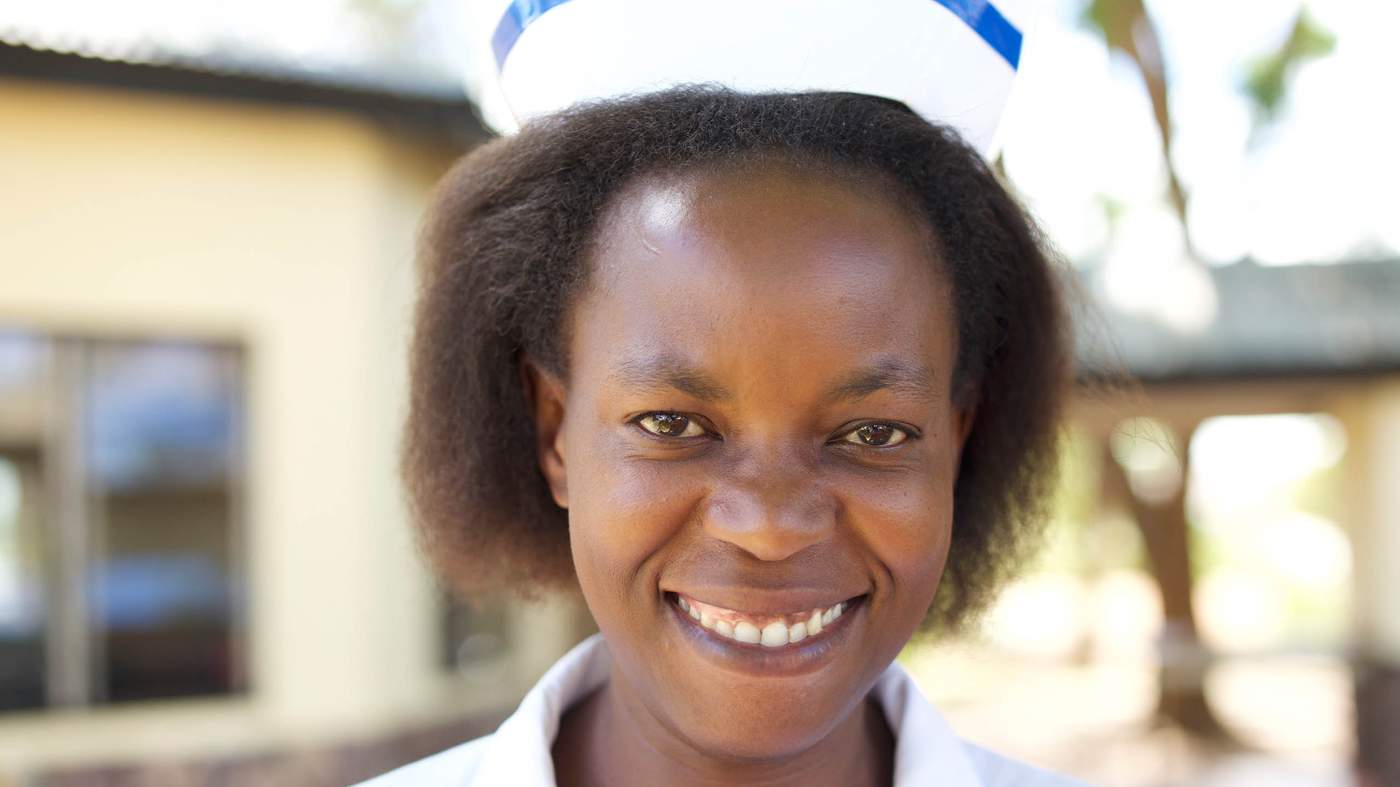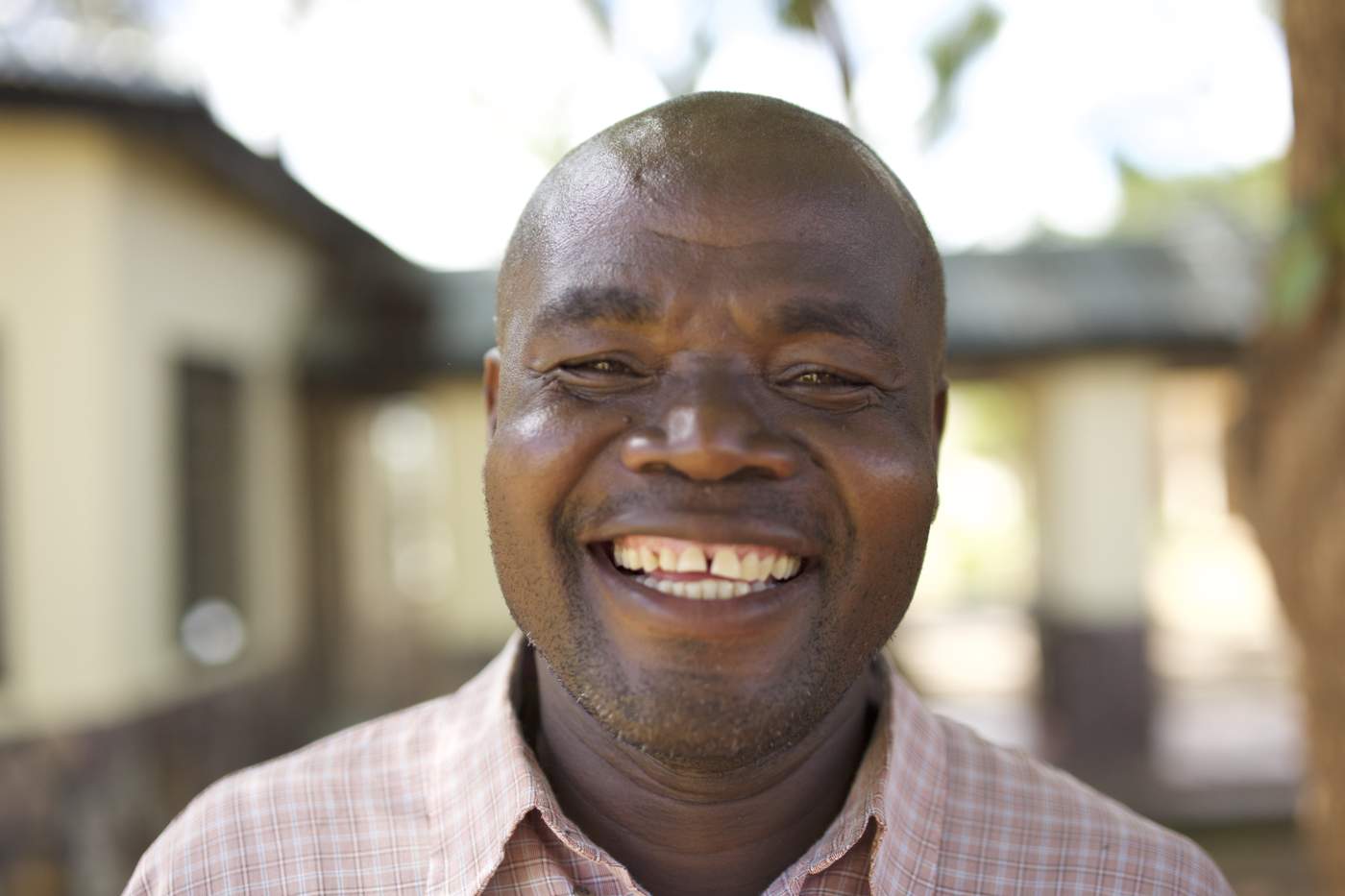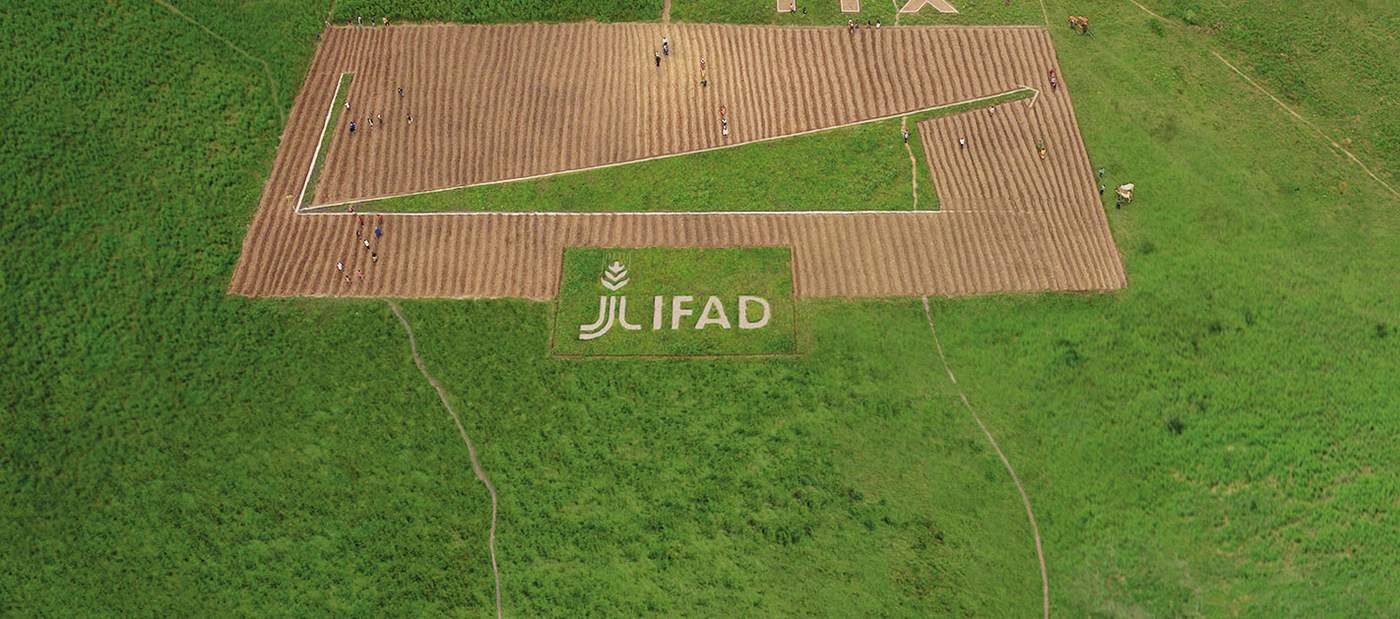Invest more in smallholder agriculture.
That's the message a group of farmers and villagers from Kasama, Zambia – a landlocked country in Southern Africa – set out to tell the world when they created an investment report like no other.
Carved into the very land that farmers use to feed their communities, the Field Report shows just how important investment in smallholder agriculture can be in reducing poverty in Africa and feeding a hungry planet.
The report is a series of graphs the farmers tilled into the soil and represent four broader issues:
1. Sub-Saharan Africa has a quarter of the world’s arable land but only produces 10 per cent of its agricultural output.
2. Year after year, rural poverty is driving people to leave the countryside in search of a better life in the city. Overcrowded cities put vulnerable youth at risk and causes forced migration.
3. By 2050 there will be more than 9 billion people on earth. That means two billion more mouths to feed by mid-century.
4. In sub-Saharan Africa, economic growth from agriculture is 11 times more effective at reducing extreme poverty than any other sector.
Take a look at the report and video below and learn more about these four important issues and the role that agriculture can play in addressing some of the world’s most pressing problems.
Agriculture holds great promise for Africa. More than half of the Earth’s arable land – roughly 600 million hectares – is located in Africa.
And while other parts of the world are reaching the limits to the amount they grow per hectare of land, Africa can still substantially increase yields with currently available technology.
Yet, Africa is a net importer of food. Despite an abundance of uncultivated farmland, countries in the region spend US $35 billion importing food rather than creating the conditions to grow more food locally.
A lack of political will, supportive agricultural policies, and investment, coupled with a focus on short-term development solutions, have left large tracts of agricultural land underutilized, smallholder farmers poor and food insecurity on the rise in some places.
In Africa, there are an estimated 33 million smallholder farms, and the farmers that live on them contribute up to 70 per cent of the food supply.
With greater investment in smallholder agriculture, many countries have the potential to increase food production and reduce poverty.
Zambia is one of those places.
With large expanses of arable land and an abundance of water in the north, Zambia has all the ingredients to be the breadbasket of Africa.
But bringing farming into the 21st century and dealing with rural poverty remain massive hurdles.
Although agriculture accounts for about 20 per cent of Zambia's GDP, agricultural productivity in the country is low by global standards and more than 60 per cent of Zambians live below the poverty line.
Droughts and floods have increased in frequency and intensity over the last two decades and have had an adverse impact on food and water security, energy generation and livelihoods.
“Zambian smallholder agriculture is facing a lot of challenges,” says Martin Liywalii, the programme manager of the IFAD-supported Smallholder Productivity Promotion Programme (S3P), from his office in Lusaka, Zambia.
“Low yields and production levels, and a lack of access to quality seeds are some of the biggest issues,” he says, noting that these challenges combined with changing weather patterns are contributing to rural poverty and hunger.
According to Robert Delve, IFAD’s senior technical specialist in agronomy, African countries like Zambia have an immense potential for improving agricultural outputs and reducing rural poverty.
But he says governments need to focus on intensifying agricultural production rather than on expanding into environmentally sensitive ecosystems.
“We must produce more food on the land we have without degrading the soil, cutting down trees and moving into environmentally sensitive areas,” says Delve.
“We need to support smallholder farmers so that they can stay in agriculture and see farming as a business while using good agricultural practices that allow them to increase production without causing large-scale deforestation.”
Photo credits: IFAD
No part of the planet is urbanizing faster than sub-Saharan Africa. And rates of population growth are also extremely high.
The continent’s population of roughly 1.1 billion is expected to double by 2050. Africa’s youth population (15-24 years) is growing faster than any other region. About 70 per cent of the continent is under 30.
The fast pace of urbanization, combined with a growing “youth bulge” – especially the high proportion of young people with few job prospects – is a major risk factor for instability in the region.
In rural areas, the challenges for Africa’s young women and men are particularly complex.
Constraints on access to land, natural resources, finance, technology, knowledge, information and education make it difficult for young rural people to make a living and contribute to the local economy.
Hunger, poverty, youth unemployment and forced migration — all have deep roots in rural areas.
Since agriculture is seen as laborious and poorly paid, few young people aspire to remain in rural areas and make a living from farming.
Too often, this means that their only option is to migrate, either to urban areas or overseas.
An estimated 440 million young people will enter the labour market by 2030 in Africa alone. Demand for rural labour services will be essential for absorbing these new entrants into the workforce.
Hunger, poverty, youth unemployment and forced migration — all have deep roots in rural areas; and all can be vastly improved through investing in small-scale agriculture and inclusive rural development.
Download the latest IFAD and World Bank Rural Youth Employment paper to learn more about which investments can create jobs for rural youth.
Also, learn more about how IFAD-supported projects are working to support and employ youth in rural areas from this recent blog post.
“Since agriculture is seen as laborious and poorly paid, few young people aspire to remain in rural areas and make a living from farming. Many are migrating, either to urban areas or overseas.”
Photo credits: IFAD
In order to meet the world’s growing food needs, agricultural production must double by 2050, food waste must be reduced and food systems have to become sustainable and efficient.
Feeding a growing population without putting an already fragile planet at risk is the challenge.
One way to do this is by investing in sustainable and climate-friendly farming approaches driven by the world’s largest group of local food producers – smallholder farmers.
Smallholder farmers need our support
An estimated 3 billion people – around 40 per cent of the global population – live in rural areas of developing countries.
Most depend on small, family farms for their income and sustenance.
Smallholder farmers grow the food that feeds their nations, accounting for up to 80 per cent of production in sub-Saharan Africa and parts of Asia.
These farmers understand firsthand the challenges of growing food in a changing climate and can offer the world independent diversified farms and food products.But these farmers are also often extremely poor.
Eighty per cent of the women, children and men living in extreme poverty live in rural areas, not cities.
The cruel irony is that the people producing the world’s food often go hungry themselves and are bearing the brunt of climate change and the degradation of natural resources.
With greater support and investment, smallholder farmers have an important role to play in feeding their communities and future populations.
Photo credits: IFAD
About IFAD
The International Fund for Agricultural Development (IFAD) invests in rural people, empowering them to reduce poverty, increase food security, improve nutrition and strengthen resilience.
We work where poverty and hunger are deepest: in the most remote regions of developing countries and fragile situations.
Since 1978, we have provided US$18.5 billion in grants and low-interest loans to small-scale agricultural projects that have reached about 464 million people.
Our work helps people change their lives and communities, and contributes directly to the 2030 Agenda and Sustainable Development Goals (SDGs).
Learn more at www.ifad.org.

